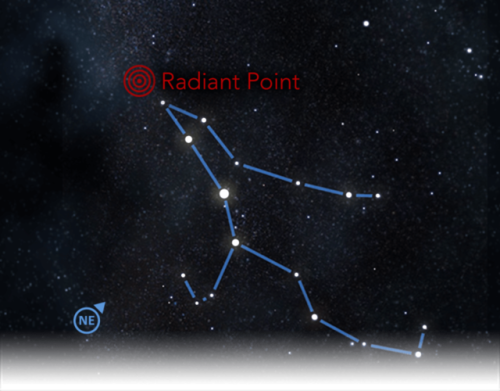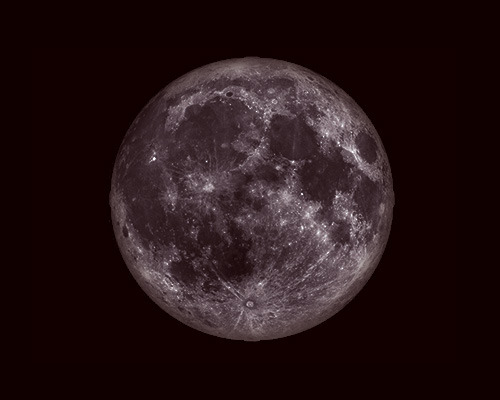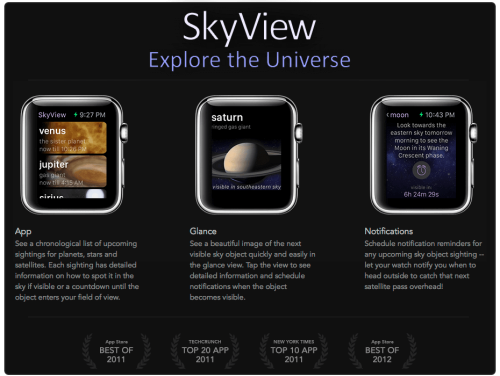Monday: The Best Total Solar Eclipse of the Century

This Monday, August 21st there will be a rare occurrence and a sight to behold: the best total solar eclipse in nearly 100 years. A partial solar eclipse will be visible anywhere in North America Monday, and in certain states a total solar eclipse will be visible.
If you’re in Georgia, Idaho, Illinois, Iowa, Kansas, Kentucky, Missouri, Montana, Nebraska, North Carolina, Oregon, South Carolina, Tennessee, or Wyoming you’ll be able to view the total solar eclipse. If you’re not in any of these states you’ll still be able to see a partial solar eclipse (and it’ll be just as exciting).
Please, use caution when viewing the eclipse! Visit here to read more about eye safety.
And don’t forget to pickup your copy of SkyView to see exactly where and when the sun will be in the sky!
For more information, head over to NASA’s total eclipse website.







